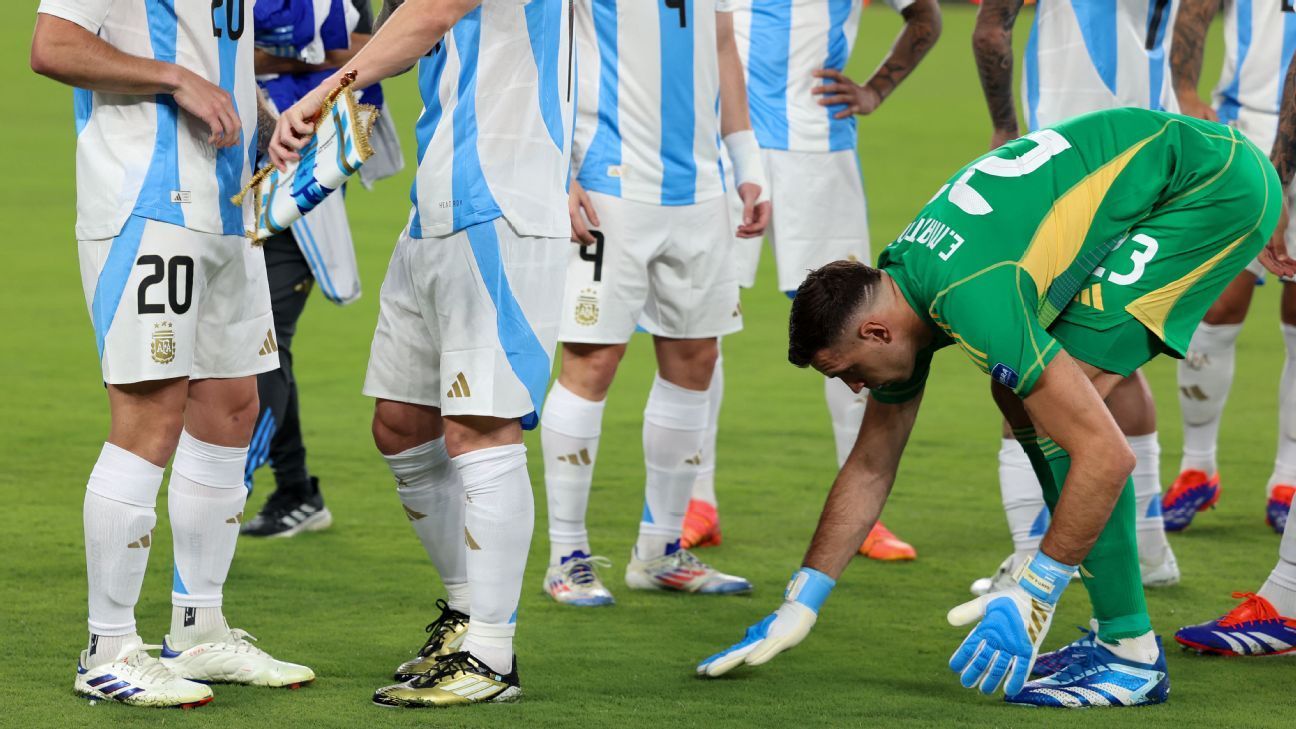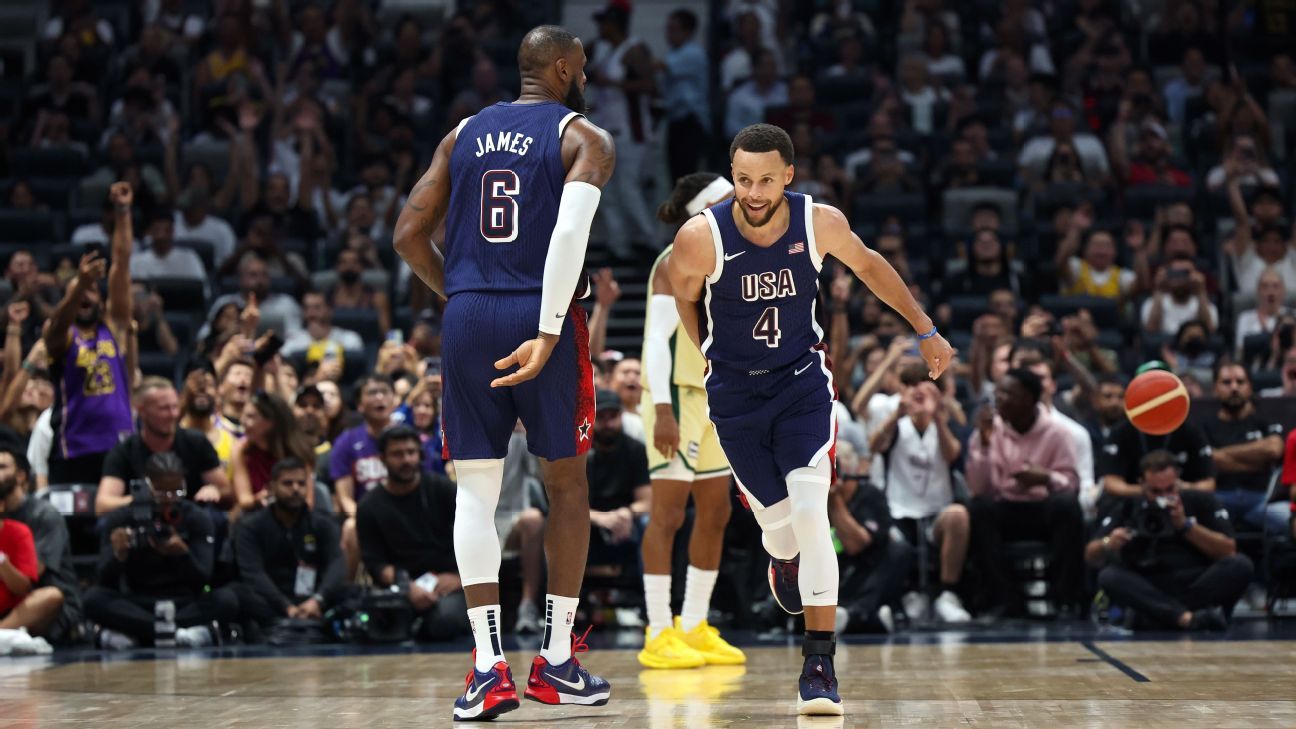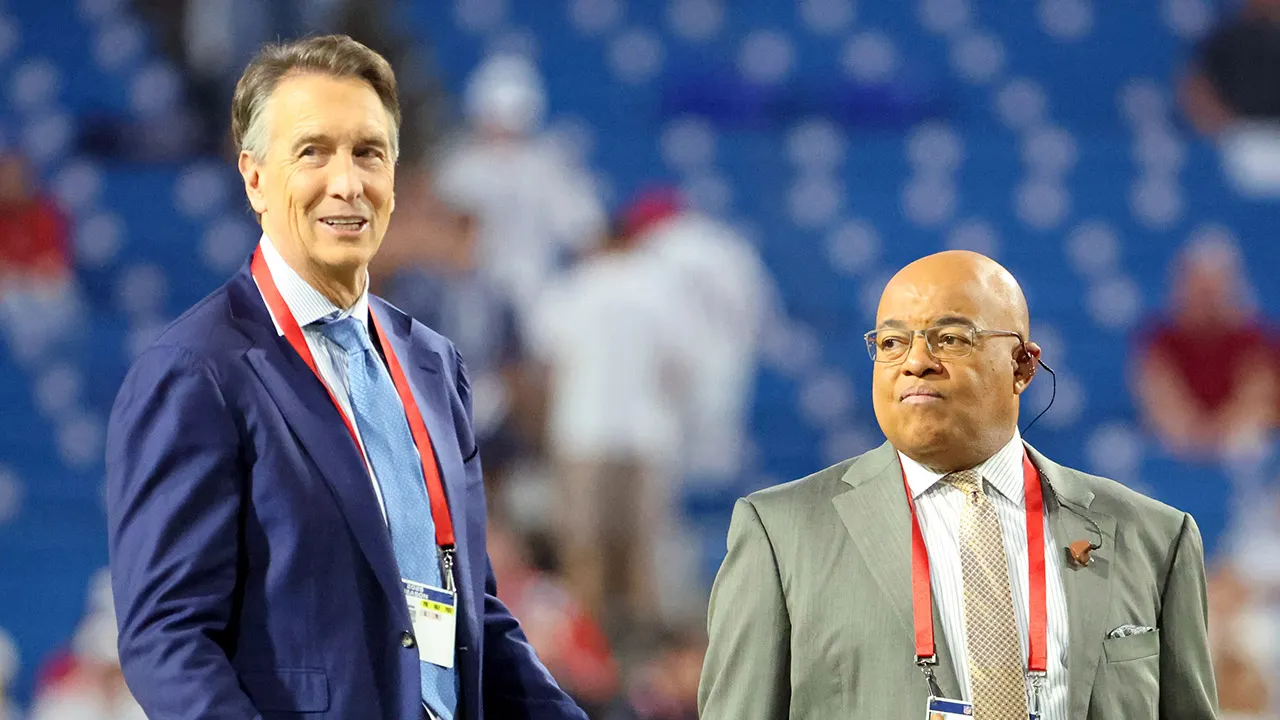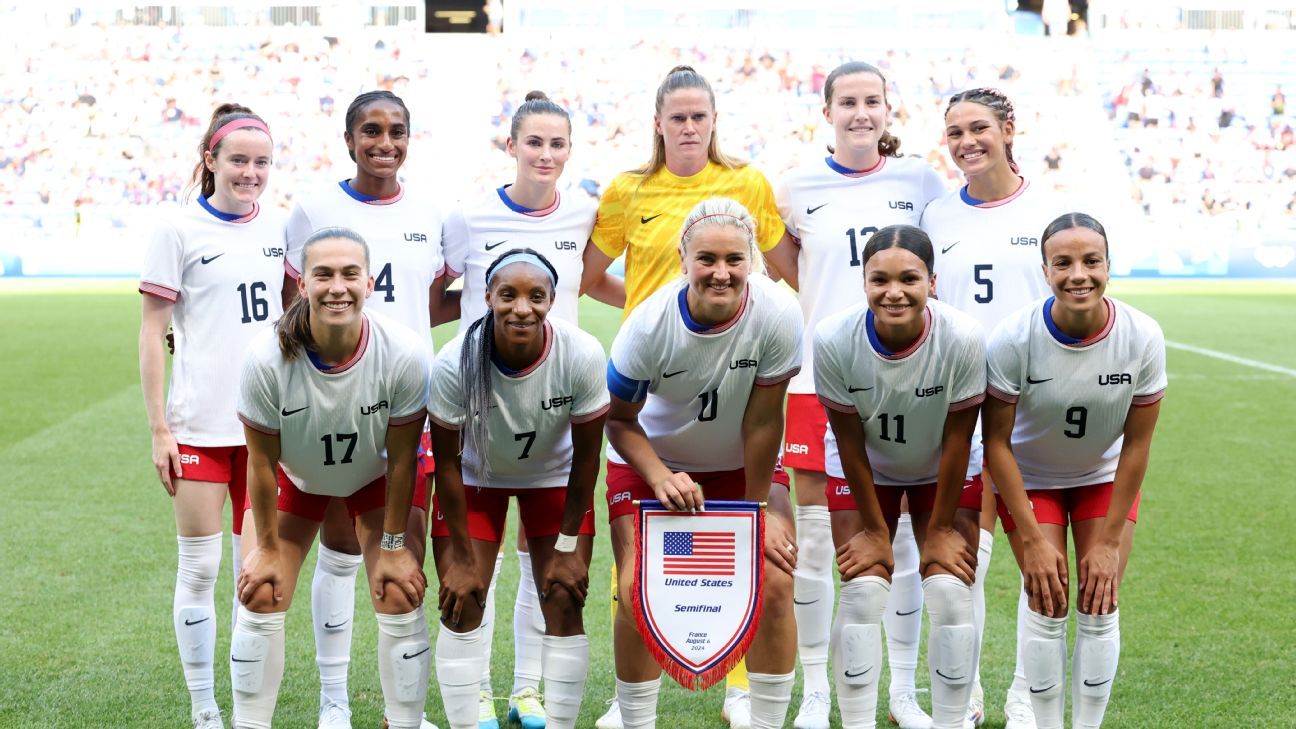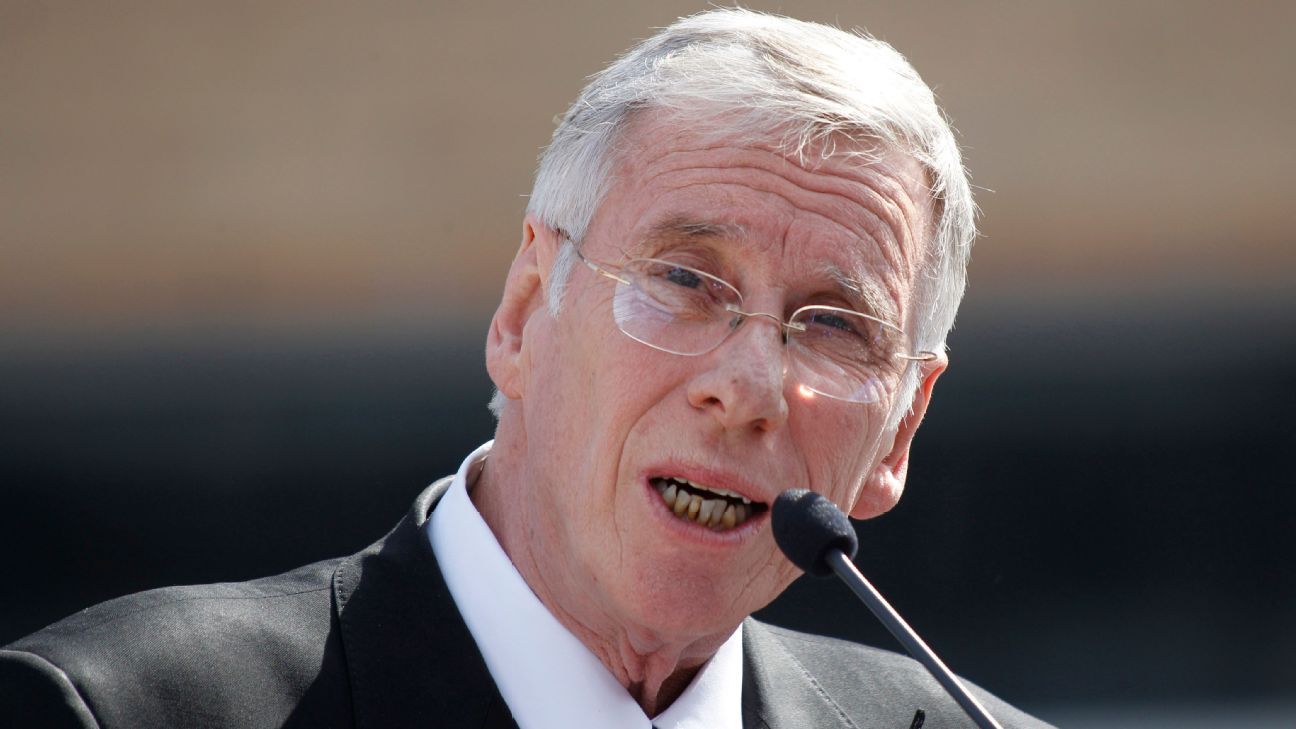The 2024 Copa America kicked off on June 20 with what should have been just a celebratory occasion. In front of 70,524 fans at Atlanta’s Mercedes-Benz Stadium, reigning FIFA World Cup champions Argentina triumphed 2-0 over Canada in a perhaps surprisingly competitive match. But commentary on the result took a backseat after players expressed frustration and anger at the conditions of the CONMEBOL-provided pitch.
With the 2026 World Cup being played in many of the same venues across the United States, each new controversy over the conditions of the fields at the Copa America heightens ongoing concerns about the quality of the venues and the difficulty of using NFL stadiums for soccer. At the Copa America, some stadiums are natural grass, but several have artificial turf, in which layers of temporary grass have been placed over the field.
So why did CONMEBOL opt for these field specifications? Will conditions improve when the United States co-hosts the world's biggest sporting event with Canada and Mexico in two years?
Argentina coach Lionel Scaloni led the charge after the final whistle last month, questioning why the South American Football Confederation waited until 48 hours before the match to prepare the pitch.
“They knew seven months ago that we would play here and they changed the pitch two days ago,” he said angrily at the post-match press conference. “It's not an excuse, but this is not a good pitch. Honestly, the pitch is not suitable for this type of player. We played a game that was not necessarily good, but one that was in line with the pitch and what the opponent was proposing. We couldn't do much more with the pitch conditions. Look at the speed of the passes we made.”
Goalkeeper Emiliano Martínez added to the frustration: “It was very eventful. We faced a strong Canadian team on a pitch that was a disaster. They jumped on you when you ran. We need to improve in that aspect, otherwise the Copa America will always seem to be of a lower level than the Euro Cup.”
It wasn't just the Argentine players who complained about the pitches during the Copa America. American midfielder Weston McKennie said after playing at the Mercedes-Benz Stadium: “I think what Martinez said was completely true. You're playing on a soccer field, with grass laid down that's all uneven and it breaks up with every step you take. It's frustrating.”
Peru coach Jorge Fossati cited the subpar pitch at AT&T Stadium as a possible reason for Luis Advincula's Achilles injury: “It came out of nowhere. I realize this is a grass field today, but it's not a normal grass. It's not grass that's born and grows.” [naturally]It's a grass that they bring from somewhere else. It can be a slightly harder surface and it can affect you in that exact spot. [the Achilles]”I'm not a doctor, but I've been involved in football for a number of years.”
Brazilian superstar Vinícius Júnior, Canadian Kamal Miller, Colombian James Rodríguez and Chilean coach Ricardo Gareca are among the many prominent figures who have also expressed their concerns about the conditions of the pitch.
CONMEBOL announced the 14 stadiums selected to host Copa America matches in December. A mix of NFL, MLS and multi-purpose stadiums were chosen, with six stadiums featuring artificial turf and eight stadiums featuring a grass field. Three Major League Soccer stadiums were selected: Austin FC's Q2 Stadium, Sporting Kansas City's Children's Mercy Park and Orlando City's Inter&Co Stadium.
Frederico Nantes, CONMEBOL's competitions director, said the size and maximum capacity of MLS soccer stadiums influenced the decision to limit their use during the tournament. Issues of size, distance between cities and infrastructure were taken into account before CONMEBOL realized that artificial turf could not be avoided despite player complaints about the playing surface.
In order to achieve uniformity and equity, CONMEBOL opted to standardize pitch conditions, defining that each stadium had to make adjustments to meet the need for a 100m x 64m field (a traditional field measures 105m x 68m) and a grass field with a density of 25 mm. Copa América participants were informed of the change in size eight months before the tournament, which again raised concerns.
Although the venues were confirmed in December, preparations at each stadium began seven months before the announcement to adapt to the new rules implemented. CONMEBOL held discussions on pitch maintenance, stadium management, logistics and coordination in June 2023 to be ready for the competition.
“We started the project in June, when we traveled to analyze the fields and watch the games here, and in November we began inspections in all the stadiums and in all the training centers,” said Maristela Kuhn, agricultural engineer at CONMEBOL. “Reports were generated with recommendations on everything that needed to be done. We had meetings with the agronomists and a schedule. With special technology, we had all the grass plantings defined.”
The turf produced across the United States for the tournament uses a special technology, whereby the company sows any material onto a layer of plastic to ensure that all the grass grows to a consistent height and density. CONMEBOL called the system “ready to play,” due to the product’s ability to be transported, installed and available for immediate use. Kuhn confirmed that the technology was the same as that used on pitches in Europe, indirectly responding to comments comparing the conditions at the Copa America and the Euro Cup.
Despite the promise of consistent measurement and quality standards across all fields, each stadium received different treatment once competition began due to weather and construction conditions.
For the opening match at Mercedes-Benz Stadium, pitch installation began three days before the match on June 17, when a refrigerated truck transported rolls of turf to the stadium for stadium crews to complete the conversion within 48 hours. The turf panels were then laid onto the artificial turf individually to create the necessary cross-sections, before the CONMEBOL team began the aesthetic work of outlining the pitch.
The federation carried out several tests before the match, including endurance and performance tests, to ensure the turf met the organisation's standards for quality, density and strength. But the measures did not convince participants, who insisted that the grass panels dried together affected the speed of play and the way the ball rolled.
“They sewed together grass panels. It's painted to look nicer than it is,” Scaloni noted.
Two weeks after the opening match, CONMEBOL assured media that the field was fit to host world-class players for the competition. The federation conducted a second round of testing on the field before the U.S. men's national team's match against Panama and found no reason to replace the turf or reinstall the panels.
“The grass in Atlanta did not pose any danger. All the tests were satisfactory,” said Nantes. “I think the aesthetics of the pitch were the problem for the players, who care a lot about aesthetics.”
Kuhn added: “In Atlanta we had the option to do a second conversion, it is an indoor stadium, ready for conversion and we decided not to change because the turf was very good and based on technical evaluations we decided that it would not be necessary to change and we kept the first turf until the second game.”
Stadiums with year-round grass, such as Hard Rock Stadium, GEHA Field at Arrowhead Stadium and Levi's Stadium, went through a much less rigorous process. The fields were replaced with new CONMEBOL-approved grass, but laid two weeks before the first match. However, Hard Rock Stadium will see a second field change four days before the July 14 final.
Despite the installation time and previously laid surface, CONMEBOL confirmed that height, density and temperature checks and strength tests were conducted before and after completion at each stadium to ensure uniformity. While the turf was grown to meet certain measurements and standards, the variation in the installation process and the base of the surface provided the teams with a different playing experience. The density, height and strength of the turf did not pose a serious discrepancy, but the base surface on which it was laid did.
The difference in surfaces at artificial turf stadiums like Mercedes-Benz Stadium, AT&T Stadium and MetLife Stadium offer different conditions than stadiums with year-round artificial turf, such as the fields in Miami and Kansas City.
Eight of the 14 stadiums used for the Copa America will also host the 2026 World Cup, and those with artificial turf will return. But FIFA is set to implement a different set of rules when it brings the international tournament to North America to avoid any disparity in experiences. Under FIFA regulations, eight of the 16 stadiums planned to host World Cup matches that typically employ artificial turf pitches will be required to install temporary natural grass surfaces for the tournament. But according to Alan Ferguson, FIFA’s head of pitches, all of the pitches will be of the hybrid variety, where a smaller percentage of artificial fibers are woven into natural grass to create a more resilient surface.
FIFA's goal, like CONMEBOL's for the 2024 Copa América, is to create 16 fields that look, feel and play almost identical, regardless of climate, grass type and stadium infrastructure.
“It's important that we can put these pitches on the field and have them look as identical as possible,” Ferguson said. “Whether it's a stadium in Canada, the Midwest or the mountains of Mexico, we want there to be consistency in what the player feels under their feet. For us, it's all about consistency in the player's gameplay.”
The tournament will feature 16 stadiums, 84 training pitches and 178 practice fields, making uniformity difficult, as it has been throughout the Copa America. The challenges prompted FIFA to implement a research and development project to produce the perfect fields for the tournament after announcing the host cities in June 2022. FIFA intends to approach the issue of uniformity differently than CONMEBOL, giving participating countries hope that a solution can be found ahead of the 48-team international competition in two years.

